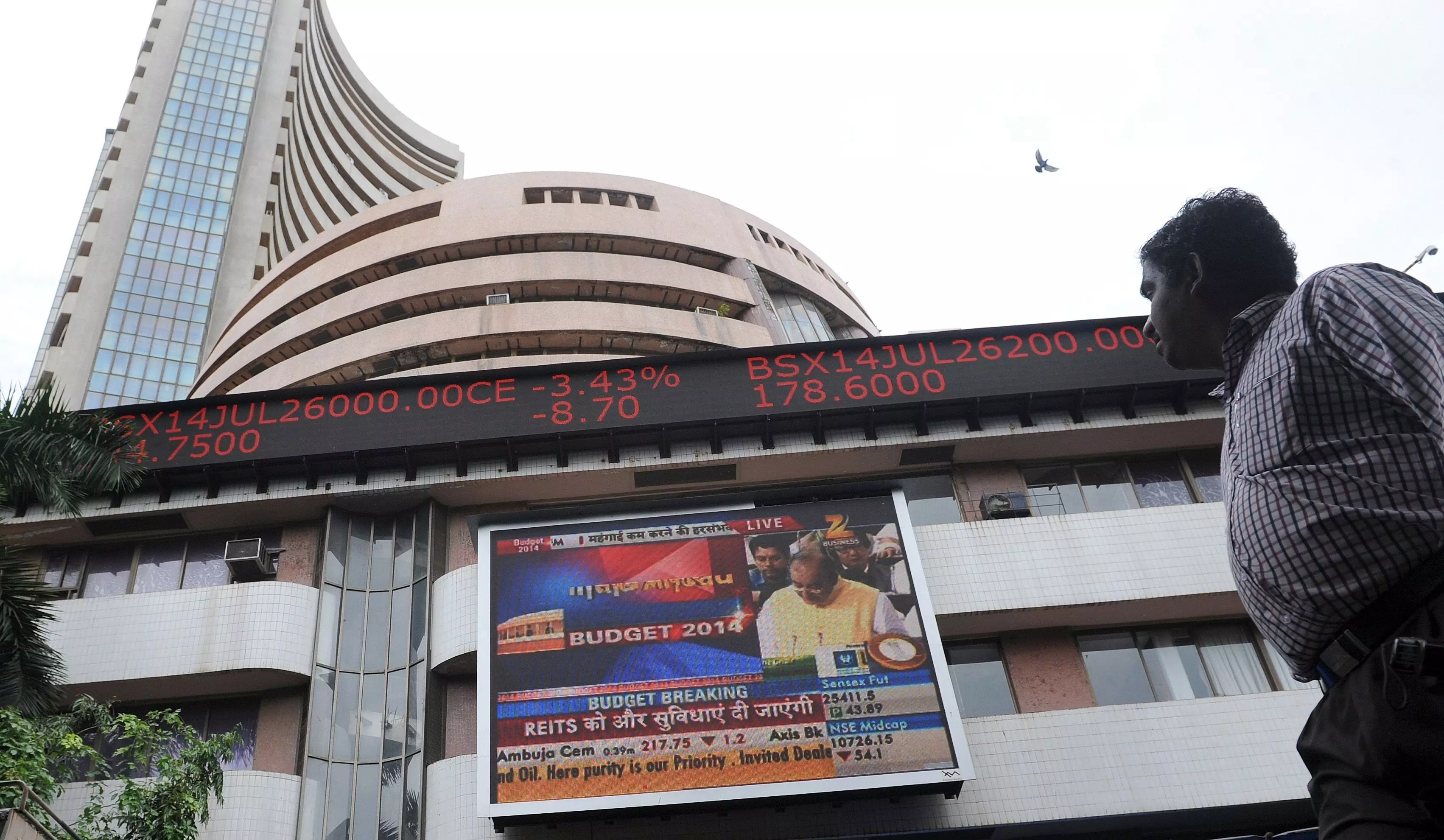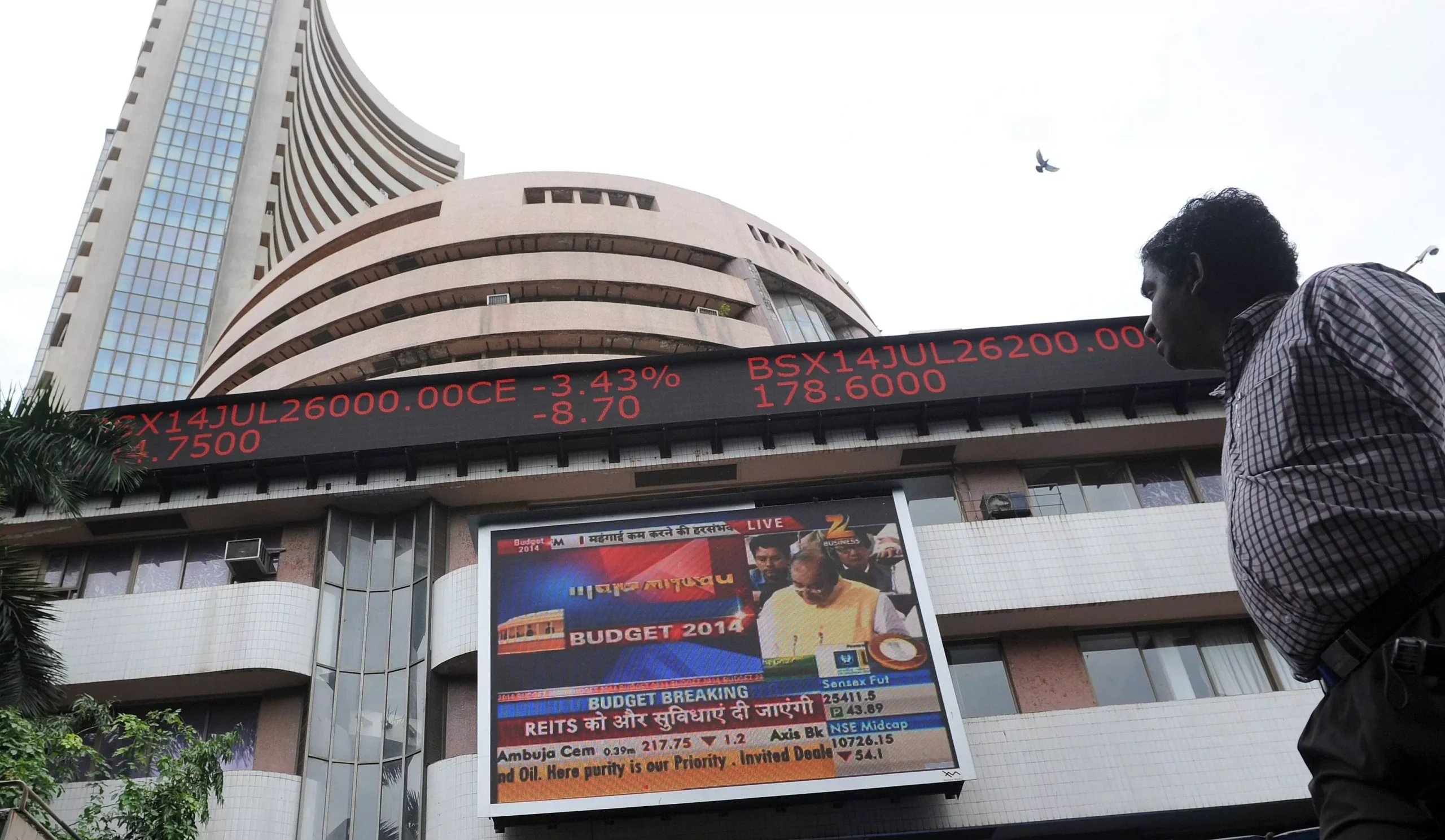
Does India budget for the right results? The answer to this question is a qualified “yes”. The country has excelled in welfare payments since 2020, though the focus on “saturation” targeting encourages large, inefficient spillovers in distribution of free food, free electricity and water supply, cash transfers to all farmers and subsidised “affordable” homes. Nevertheless, many would say, it is better to over supply welfare goods and services, including to the less deserving, than to risk denying welfare endowments to the needy via closely targeted spending.
At the same time, India invests too little to achieve the high growth rates of eight per cent per year that it targets. A little- used metric — Incremental Capital Output Ratio (ICOR) — holds the key to how much India should invest. ICOR is the amount of investment needed to get one incremental unit of value addition. In 2006 the Investment Commission recommended that an ICOR of 4.3 should be sufficient to provide for the additional infrastructure needed for growth of eight per cent for the next five to ten years. This translates into an investment of about 34 per cent of GDP in the economy versus the then prevailing level of about 28 per cent (2005-06). Investment was above 34 per cent of GDP (constant terms) only during 2011 to 2013, following the global financial crisis, when the fiscal deficit increased to a six per cent of GDP in 2008-09 and 6.5 per cent in 2009-10, before starting its decline to below four per cent in 2015-16.
Again, fed by fiscal profligacy during the Covid-19 pandemic, investment has been above 33 per cent of GDP since 2021-22 with the fiscal deficit reaching 9.2 per cent of GDP in 2020-21 and then decreasing gradually to a targeted 4.9 per cent in 2024-25, still well above the norm of four per cent.
The bottom line is that India has yet to find a fiscal formula which delivers an investment above 34 per cent whilst living within stability metrics like fiscal deficit at four per cent and debt not exceeding 60 per cent of GDP versus above 80 per cent at present. The problem is that growing welfare payments are hardwired into the political economy. The upsides from tax revenue remain limited because the benefits of income growth are primarily captured by the rich and the middle class. Tax
revenue coverage (Centre and states) remains narrow and stagnant at 16-17 per cent of GDP. This necessitates a trade-off between higher public investment and fiscal stability.
The government has an option. It can bite the bullet of political economy reforms, decentralise governance, privatise and deregulate large segments of the real economy with light-handed regulation of markets. The government should restrict its intervention to sovereign areas like defence and diplomacy, internal security, monetary and fiscal management. It should incentivise the private sector to invest in infrastructure development, basic research, health, and education services without leading the effort. Stepping back can allow it to remain the prime actor in social welfare through direct grants without usurping the agency of the beneficiaries in their choice of goods and services.
The Central, state and local government mandates should be strictly constructed to promote decentralised governance, accompanied by reallocated fiscal resources and administrative powers. The insertion of “socialism” in the Preamble of the Constitution in 1976 should not be conflated with the heavy hand of the State in economic management, as in Russia or President Xi Jinping’s China. Instead, it should be interpreted to mean equity and justice for all. Protecting business from import competition, to create tariff protected jobs, is bad economics, hurts consumers and is inconsistent with becoming part of global value chains.
Fiscal profligacy to accommodate State-led investment is an acceptable emergency response but if not quickly controlled it fans inflation, forcing the Reserve Bank of India to retain higher interest rates, which dampen investment, thereby creating a downward spiral for economic growth. India launched a National Infrastructure Pipeline in 2020 targeting an
annual investment of Rs 22 trillion. In comparison, the 998 public-private partnerships (including those from before 2020) listed across all states and sectors, have a combined value of Rs 7.3 trillion. Of these, just 26 relate to the post-2018 period with a combined investment value of Rs 1.39 trillion. This shows that the PPP model is used sparingly.
India remains unable to apportion risks and rewards transparently between the partners according to their respective risk appetite and strengths. For the private sector, certainty of contractual obligations, tax regime, import regime, and timely access to the underlying land and state-level approvals are key ingredients for frictionless contracts as are procedures for costing forced variations in revenue estimates.
These barriers which stifle PPPs would become paper tigers, if the institutional mechanisms to enable private collaborations are embedded in the work process of government. The default option of public sector-financed construction contracts is financially ruinous and non-transparent.
However, some green shoots are visible. One such is the hands-off redevelopment of Asia’s largest slum – Mumbai’s Dharavi — a Rs 230 billion project to benefit about 60,000 families, though the number of people living there could be one million. The Adani Group has a minimum commitment of Rs 50 billion for an 80 per cent share in the joint venture while the Maharashtra government’s equity commitment is Rs 1 billion for a 20 per cent share. Dharavi occupants would swap their homes, shops or workspaces for planned vertical development of a minimum size of about 500 square feet for free. Those living on rent would shift to new, subsidised, rented homes, for which the Centre has helpfully transferred 260 acres of salt pan land to the state government. The revenue model hinges around the sale of a portion of the redeveloped land at market prices. The biggest challenge is in preserving the existing jobs, value addition and lifestyle available from contiguity of work and living space in informal horizontal spreads. Earlier redevelopment attempts floundered.
This proposal has the benefit of scale. If done right, it could cement the Adani Group’s commitment to being a socially conscious wealth creator and reinforce Maharashtra’s governance smarts.
India needs to recreate the initial enthusiasm for private sector-led development rather than rush into publicly financed growth as a near term solution for quick results. Stepping back from an activist, State-led growth stance to promoting competition in industry and services whilst encouraging private investment would, instead, create the fiscal room for safeguarding equity and the sustainability of development: both key, emerging, core sovereign mandates.
